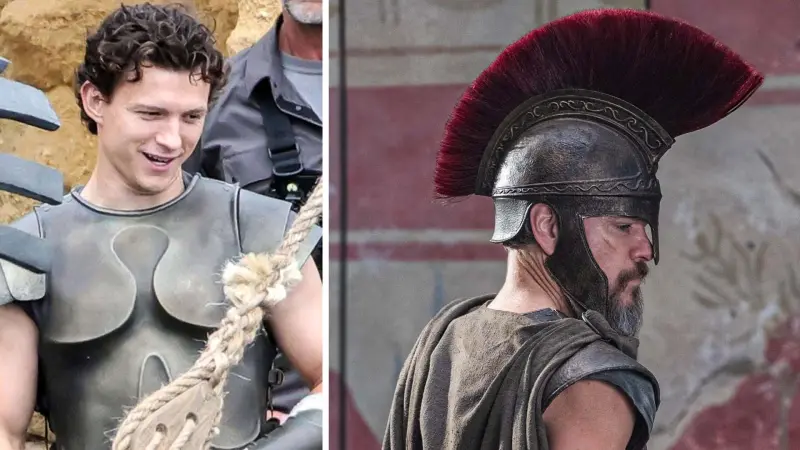In the massive ancient necropolis on Rue Soussillon in northeastern France, archaeologists from the National Institute of Preventive Archeology (INRAP) of France discovered an unlooted antique stone sarcophagus.
Archaeologists seldom discover intact Roman sarcophagi, but when they do, it is an excellent opportunity to learn more about the past.
One of the biggest cities in the Roman Empire was the old Durocortorum, which served as the provincial capital of Belgium's Gaul region. The city was 600 hectares in size and was enclosed by a strong wall. The contours of this so-called "Augustan" enclosure and the extra muros necropolises, which were situated around the seven main access roads, were highlighted in the second half of the 19th century during extension work in Reims. (within the direction of Boulogne, Soissons, Paris, Lyon, Trier, Cologne, and Bavay). 5,000 tombs have been investigated and added to the museum's collections over the course of 22 years of study.
The museum was destroyed during the First World War, along with a significant portion of its contents and records. Very little was discovered during the excavations of these ancient necropolises, other from information about the topography of the funeral sites. Archaeology has only partially studied the "great enclosure"'s layout, and there are still several unanswered questions. In this regard, the archaeologists of Reims made an astonishing find when they discovered a section of the entire necropolis on Rue Soussillon.
Researchers have found 1,200 m2 on Rue Soussillon, which is only a fragment of a vast ancient necropolis. This area of the city contains a very high concentration of tombs, which is noteworthy because it has long been assumed that it is a swampy location unsuitable for any form of population.
Scientists recently unearthed a limestone sarcophagus that is 3.3 feet tall, 5.4 feet long, and 2.6 feet wide. It weighs 1,700 pounds, and its lid is secured in place by iron pegs that are sealed with lead. The sarcophagus was first subjected to X-rays by the archaeologists, who then employed an endoscopic camera. They discovered a woman's skeleton inside, along with several other items, including a mirror.
“It’s quite exceptional, it’s the first time that we have found a tomb intact and which has not been looted. It was sealed by eight iron staples, and we were the first to explore it,” Agnès Balmelle, deputy scientific and technical director at Inrap Grand Est, told local news Le Parisien.
“The skeleton occupied the entire space of the [5-foot] tank, the individual must have been around 40 years old and had a special status. Four oil lamps were found near her legs and shoulders, as well as a small mirror, an amber ring and a comb,” Balmelle added.
Additionally, there were two glass jars inside the sarcophagus that may have held fragrant oils.
The artefacts discovered show that the burial took place in the second century A.D. It will be possible to identify whether there are plant remains or products related to the treatment of bodies by taking samples of the sediment from the bottom of the tank and the sediment on the bones.









